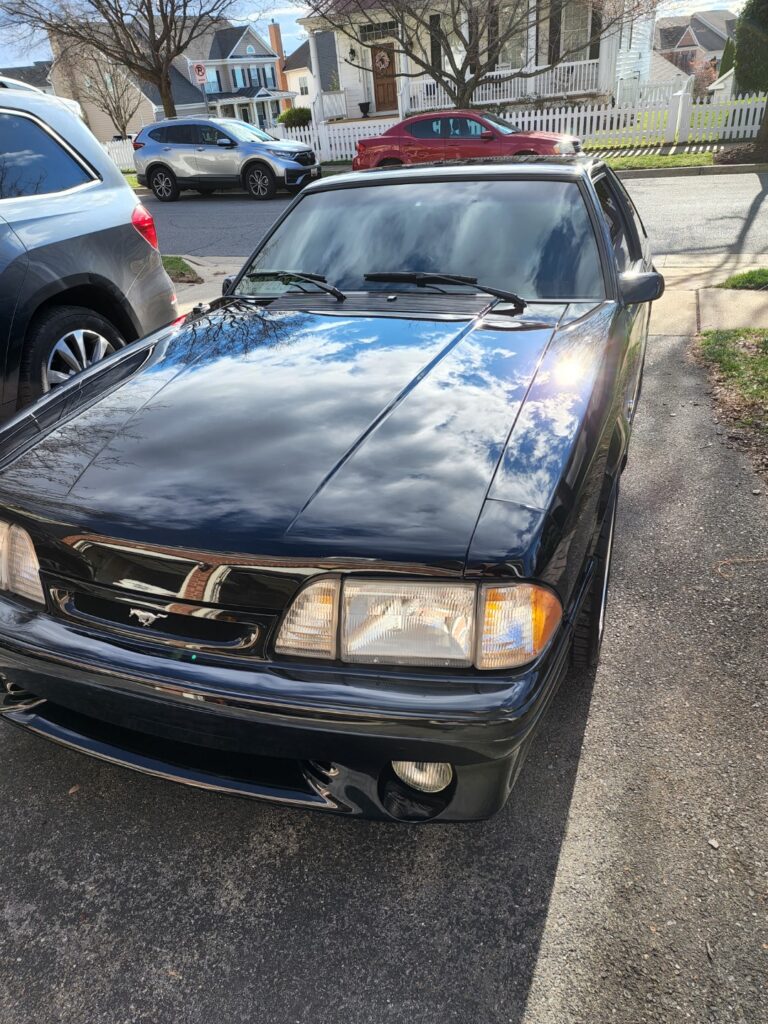
Rainy weather might be romantic for some people—picture yourself curled up at home listening to raindrops patter against the window. But for drivers, those same raindrops can be a real nuisance. Water streaks and blurry windshields reduce visibility, which raises the risk of accidents and makes driving more stressful. Luckily, there’s a clever solution that has been making waves in the automotive world: ceramic coating.
Ceramic coating isn’t just about giving your car’s exterior a glossy shine or helping it stay cleaner for longer—though those are definitely perks. It’s also known for enhancing visibility when the skies open up. And if you’re anything like me, you probably appreciate any feature that makes driving safer and less complicated. In this article, we’ll explore the nitty-gritty details of how ceramic coating can improve visibility during rainy weather, from the science behind it to the practical steps of application.
Understanding the Fundamentals of Ceramic Coating
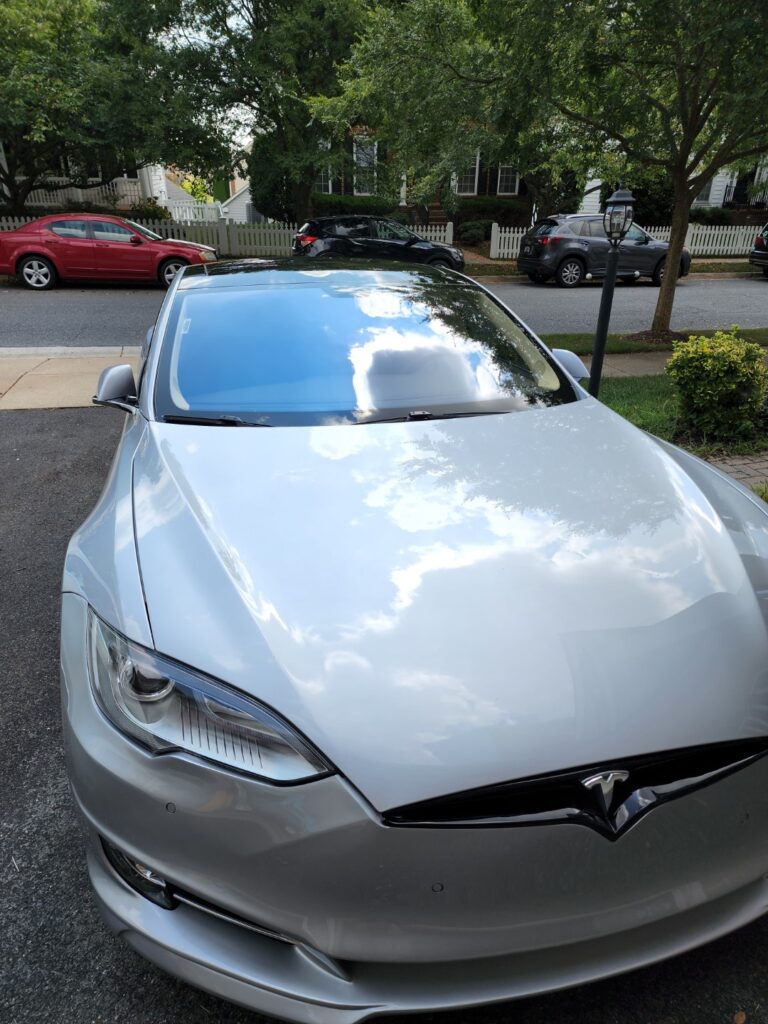
The Composition of Ceramic Coatings
If you’ve ever wondered what makes ceramic coating tick, it’s all in the chemistry. Ceramic coatings typically contain SiO₂ (silicon dioxide), which can come from sources like quartz or sand. In some high-end products, you may also find titanium dioxide (TiO₂). Both of these substances are renowned for their hardness and resistance to external factors.
When these compounds are suspended in a liquid polymer and applied to a vehicle, they form a nanoscopic layer that bonds with the paint. This layer is often referred to as a “second skin” for your car. Once cured, the coating creates a seamless shield that’s both flexible and robust, capable of withstanding the challenges of everyday driving—even the onslaught of torrential downpours.
Key Benefits of Ceramic Coatings for Vehicle Exteriors
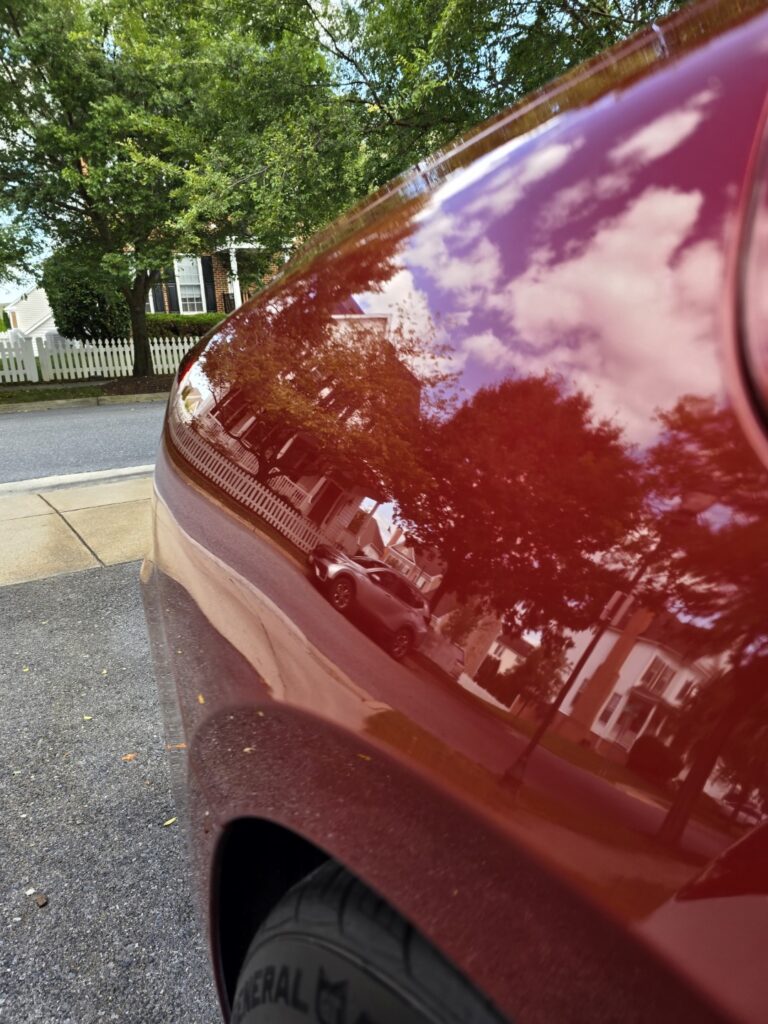
Ceramic coatings do more than repel water. They also protect against:
- UV radiation: Prolonged exposure to sunlight can degrade paint.
- Chemical stains: Road salt, bird droppings, tree sap, and acid rain are less likely to damage the coating.
- Micro-scratches: While not bulletproof, a good ceramic layer can offer some resistance.
On top of that, there’s the cosmetic element—cars treated with ceramic coating often look polished and shiny, turning heads on city streets. This combination of protection, simplified cleaning, and aesthetic appeal makes ceramic coatings an increasingly popular choice for drivers who take pride in their vehicle’s appearance.
The Science Behind Visibility in Rainy Conditions
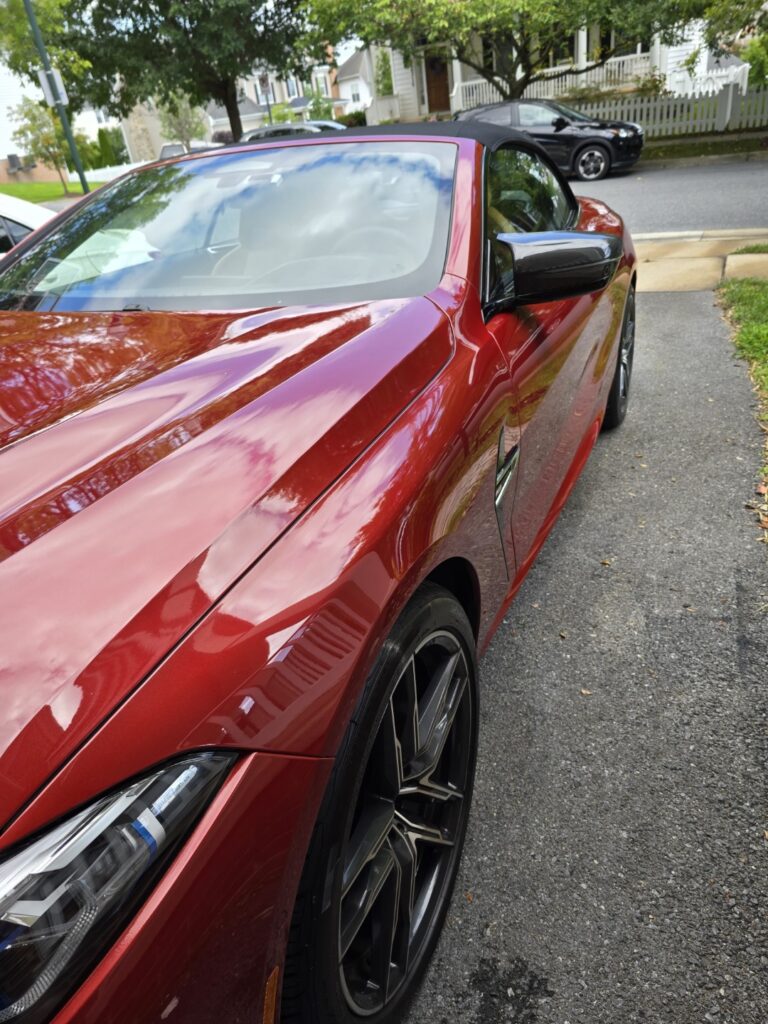
Light Refraction and Reflection in Water Droplets
When light hits water droplets on a windshield, it scatters. This scattering hampers clarity, particularly at night when headlights from oncoming vehicles bounce unpredictably across water-smeared surfaces. The result can be a kaleidoscopic effect that’s both distracting and dangerous. If your windshield or windows aren’t treated with a repellent, water tends to cling, creating large droplets or continuous sheets that further warp your field of vision.
The Role of Surface Tension
Surface tension dictates how water behaves on surfaces. A surface with high surface energy encourages water to spread out, creating a film. A hydrophobic surface, in contrast, has low surface energy, meaning water molecules bead together. This is exactly what ceramic coatings aim to accomplish. By lowering the surface energy, ceramic coatings encourage water droplets to form rounded beads that slide off more easily.
How Ceramic Coating Repels Water
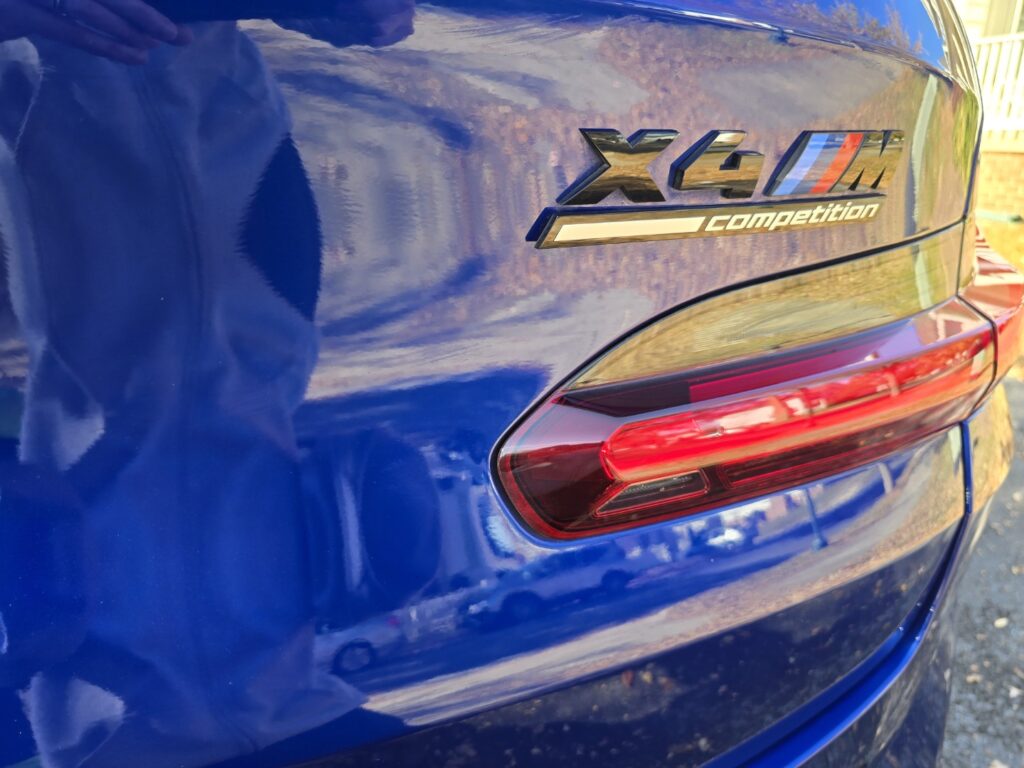
Hydrophobic Properties
Ceramic coatings are engineered to be hydrophobic, meaning they repel water. Think about how mercury beads up on most surfaces, rolling around as if it has a mind of its own. Ceramic coatings use a similar principle by reducing the contact area between water droplets and the surface of your car. Instead of pooling, water forms tight beads that quickly roll away under the influence of gravity or air movement.
Difference Between a Coated and Non-Coated Surface
On a non-coated surface, water and grime can linger, forming streaks or a hazy layer that disrupts your view. With ceramic coating in the mix, water droplets either bead or slide off, preventing them from sticking around to obscure your vision. This is especially beneficial for windshields, side windows, and side mirrors. When driving in a heavy downpour, the difference between a coated and non-coated windshield can be the difference between seeing what’s ahead and driving blind.
Visibility Enhancement During Rain
H3: Improved Water Beading and Sheeting
One of the most notable effects of ceramic coating is its water beading and sheeting capabilities. Under normal circumstances, rainwater clings to the windshield, forming a layer that warps your view. Ceramic coating disrupts this layer, creating thousands of tiny water beads. These beads are more likely to be carried away by wind or a slight tilt of the glass, leaving a clearer surface behind. The result? A big improvement in how well you can see the road.
Enhanced Clarity on Windshields and Windows
With fewer water droplets sticking around, you’re less likely to experience that dreaded cloudy or streaky effect. When you’re driving at highway speeds, the airflow helps push those tiny beads of water off your windshield faster than you can say, “Where did the rain go?” This translates to fewer illusions or refractions that can mislead your eyes. The crisper your view, the more confidently you can drive, even when raindrops are falling like a curtain around you.
Reduced Glare and Smudges
A lesser-discussed perk of ceramic coatings is their ability to reduce glare from oncoming headlights. Raindrops and smudges can amplify glare, making it difficult to gauge distances or identify obstacles in low-light conditions. By preventing water from collecting and grime from sticking, ceramic coatings minimize such glare. Suddenly, night drives in wet weather feel a lot less like you’re peering through a kaleidoscope.
Longevity and Maintenance of Ceramic Coatings
Proper Washing Techniques
To keep that hydrophobic layer functioning at its best, it’s crucial to use the right washing methods:
- Use pH-neutral shampoos or cleaners designed for ceramic coatings.
- Avoid abrasive brushes that can mar the coating’s integrity.
- Adopt a two-bucket method (one for soapy water and one for rinsing) to reduce swirl marks.
Keeping the coating clean not only preserves its water-repelling properties but also ensures that contaminants don’t build up and degrade its effectiveness over time.
Reapplication Intervals
High-quality ceramic coatings can last anywhere from one to several years, depending on factors like the product used, weather conditions, and your maintenance routine. Some manufacturers claim their products last up to five years or longer. However, it’s wise to conduct periodic checks. If water no longer beads on the surface like it once did, it might be time for a refresher application or a top-up product, often referred to as a “ceramic booster.”
The Installation Process
Surface Preparation
The key to a successful ceramic coating application is meticulous surface preparation:
- Wash and decontaminate the car to remove dirt and dust.
- Clay bar treatment to eliminate embedded contaminants.
- Paint correction (if necessary) to remove swirl marks or minor scratches.
Skipping any of these steps can lead to an uneven finish or reduce the coating’s bonding ability. A well-prepared surface ensures the ceramic layer adheres properly, maximizing both durability and effectiveness.
Professional vs. DIY Application
Professional installers often have the specialized tools, controlled environments, and expertise to apply ceramic coating flawlessly. This can be a pricier route, but the results are usually top-notch. DIY kits, on the other hand, have become increasingly accessible. They might involve a bit more elbow grease and a learning curve, but for car enthusiasts who enjoy working on their own vehicles, it can be a rewarding project. Just remember to follow the instructions carefully—ceramic coatings don’t forgive sloppy application.
Ceramic Coating vs. Traditional Wax
Protective Qualities
Wax has been a traditional go-to for many car owners. It gives a nice shine and some protection, but it wears off relatively quickly—often within a few weeks or months. Ceramic coatings, by contrast, bond chemically with the vehicle’s paint, offering a more durable shield against UV rays, acid rain, and other environmental hazards. This difference in chemical bonding is crucial for enduring performance, especially in rainy conditions.
Cost and Value
Admittedly, ceramic coatings can carry a heftier price tag than your typical wax or paint sealant, especially when applied professionally. But consider the long-term savings: fewer reapplications, less frequent car washes, and better protection for your vehicle’s paint. If you factor in potential resale value (a well-maintained exterior can boost your car’s worth), ceramic coatings can be a smart investment over time.
Additional Protective Measures for Rainy Weather
Windshield Rain Repellent Solutions
While ceramic coating is excellent at repelling water, specialized rain repellent solutions formulated specifically for windshields can enhance these effects further. These products are designed to provide a highly hydrophobic surface for the glass, making it almost impossible for water droplets to stick around. Combining ceramic coating with a dedicated windshield repellent is like having two lines of defense against the rain.
Regular Checks of Wiper Blades
Even with a top-tier ceramic coating, your wiper blades still do a lot of heavy lifting. Over time, wipers can become dry, cracked, or filled with debris, which can scratch the glass and hamper their efficiency. Make it a point to check and replace them regularly. A well-maintained pair of wiper blades, in conjunction with a ceramic-coated windshield, can make your driving experience almost seamless in the rain.
Impact on Aesthetics
High Gloss Finish
Ceramic coatings are known for their glossy finishes that can make your car look like it just rolled out of a showroom. The reflective qualities of the coating amplify the paint’s original color and metallic flakes, creating a mesmerizing shine. Whether you’ve got a fiery red sports car or a sleek black sedan, a ceramic coating can elevate its appearance to new heights.
Color Depth and Reflection
Beyond just gloss, ceramic coatings enrich the depth of your car’s paint. This depth is more than a surface-level gloss; it’s almost like looking into a pool of color. From specific angles, you’ll notice reflections that are sharper and more vibrant. When the sun hits your car, you’ll really see the difference—and when the rain stops and the clouds part, your vehicle still shines just as brilliantly.
Common Myths About Ceramic Coating
The Scratches and Stone Chip Myth
One persistent misconception is that ceramic coatings make cars invincible to scratches or stone chips. While the coating does offer some resistance against micro-scratches—those minor swirl marks you see when light hits a poorly maintained paint job—it’s not an impenetrable force field. A high-speed encounter with debris can still leave marks. So, think of ceramic coating as a strong line of defense, but not a magical shield.
The Maintenance-Free Myth
Another myth is that once you apply ceramic coating, you never have to wash or care for your car again. This isn’t true. Ceramic coatings are low-maintenance, not maintenance-free. You’ll still need to wash your car and occasionally apply maintenance products (like a ceramic booster). The good news? You’ll spend less time on these chores compared to a non-coated car, and the coating’s durability will keep your vehicle looking fresh for longer.
Environmental Benefits of Ceramic Coating
Chemical Runoff Reduction
Traditional waxes and sealants can require frequent reapplication, each time using chemicals that may eventually wash down your driveway and into the local water supply. Because ceramic coatings last longer, you reduce the frequency of these chemical-laden maintenance steps. As a result, you’re generating less runoff that can harm plants, animals, and waterways.
Preserving Car Quality for Extended Use
A car that’s protected from environmental damage may have a longer lifespan when it comes to its paint and bodywork. By keeping rust and other forms of corrosion at bay, ceramic coatings help cars stay roadworthy for longer. The environmental benefit here is subtle but real: a better-maintained vehicle might postpone the need for a premature replacement, thus cutting down on the resources needed to manufacture new cars.
Safety Advantages Beyond Visibility
Better Control in Heavy Rain
When your windows and mirrors are clearer, you can make swifter and more confident driving decisions. If you can see that there’s a sudden stop in traffic or debris on the road, you have more time to react. Clear visibility translates to better overall control, especially in conditions where you might need to brake hard or swerve to avoid obstacles.
Enhanced Reaction Time
Poor visibility can steal precious seconds from your reaction time. If you’re squinting through a smudged windshield, you might not immediately notice a hazard. Ceramic coating’s ability to keep the windshield free from water film ensures you’re looking at the road, not peering through a distorted filter. In critical moments, those extra seconds can make all the difference.
Selecting the Right Ceramic Coating Product
Understanding Quality Differences
With so many brands touting their own ceramic coating formulas, it can be tough to cut through the marketing. Look for products that clearly state their silicon dioxide (SiO₂) or titanium dioxide (TiO₂) content. Generally, a higher percentage indicates a more durable and effective coating. It’s also wise to read customer reviews, check forums, and ask questions in communities dedicated to auto detailing.
Reading and Comparing Labels
Labels might list keywords like “nano-ceramic,” “9H hardness,” or “quartz.” While these can be indicators of a product’s effectiveness, they’re not guarantees. A “9H hardness” label refers to the pencil hardness scale, but real-world performance depends on correct application. Don’t just grab the first bottle you see with fancy claims—do your homework, compare brands, and pay attention to product warranties.
Conclusion
Ceramic coating is more than just a trendy auto accessory. It’s a dynamic protective layer that offers real, tangible benefits, particularly for those of us who find ourselves frequently driving in rainy or unpredictable weather. From its water-repelling properties to its ability to maintain a clean and stunning finish, ceramic coating stands out as a valuable investment in both safety and aesthetics.
No one enjoys driving blind through a monsoon, and ceramic coating helps ensure that you never feel that way. By promoting water beading, reducing glare, and simplifying routine maintenance, this technology truly comes into its own during the rainiest seasons. Of course, it’s not a silver bullet—scratches are still possible, and you’ll still need to wash your car. But for anyone who wants an easier, clearer, and safer drive when storm clouds gather, ceramic coating might just be the road companion you’ve been waiting for.
FAQs
- Does ceramic coating work on all types of cars and paints?
Yes, ceramic coating is generally compatible with all types of cars and paints, including clear coats and matte finishes. Just be sure to choose a product specifically designed for your car’s paint type and follow the preparation steps properly. - How soon after applying ceramic coating can I drive in the rain?
Most ceramic coatings require an initial curing period. Some brands suggest waiting at least 24 hours before exposing the vehicle to water. Check the product instructions for recommended curing times. - Will ceramic coating make my car entirely scratch-proof?
It’s not a magic shield. While ceramic coatings do offer some resistance against minor scratches and swirl marks, they won’t protect against bigger impacts like stone chips or collisions. - Can I apply ceramic coating over existing paint protection film (PPF)?
Yes, in most cases you can apply ceramic coating over PPF to add an extra hydrophobic layer. Just be sure the PPF is in good condition and properly cleaned before applying the ceramic coat. - Is professional application always better than DIY?
Professional application generally ensures a more flawless result, thanks to advanced tools and experience. However, many high-quality DIY kits are available. If you’re careful and follow instructions, you can achieve excellent results at home.
